A concrete cylinder shouldn’t be on anyone’s list of things to do in Berlin. But the Schwerbelastungskorper is more than just a concrete slab and a terrifying German name.
The Schwerbelastungskörper is one of the few structures that survived to tell the story of Welthauptstadt Germania, the capital of the new German world that never survived the Second World War.
I don’t remember when I found out about this place, but I remember the feeling I had in the back of my mind the first time I saw it. It took me a while to visit the place, and all the pictures here are from that warm and sunny Sunday when I decided it was time. After reading these two paragraphs, you might wonder why anybody would care about this piece of concrete.
But, the Schwerbelastungskörper is worth the visit.
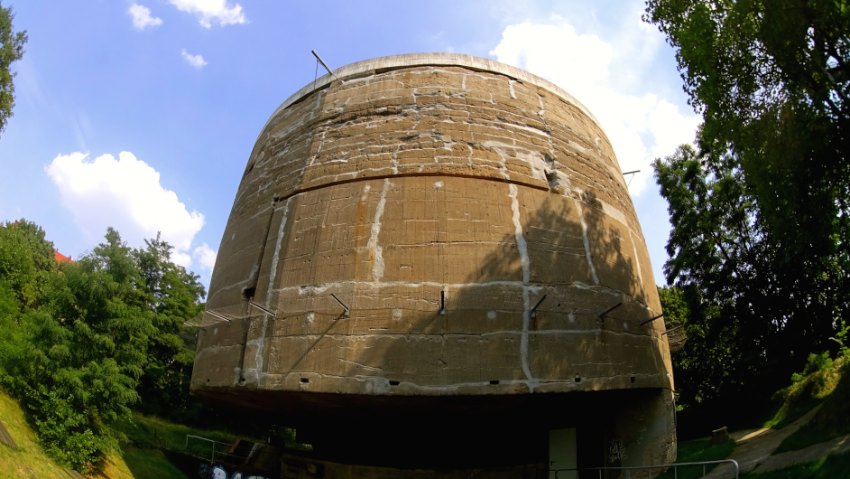
Schwerbelastungskorper’s History
In the 1920s, Adolf Hitler used his artistic skills to sketch what he saw as the future capital of the upcoming German Empire. This city would be an improved version of Berlin, and it would be called Welthauptstadt Germania.
The Welthauptstadt Germania would be the megalomaniacal dream of a crazy dictator, but we will never see this outside of the history books.
The only thing we can see, and visit, is the concrete cylinder built by the orders of Albert Speer, the First Architect of the Third Reich, to see if it was possible to construct the megacity.
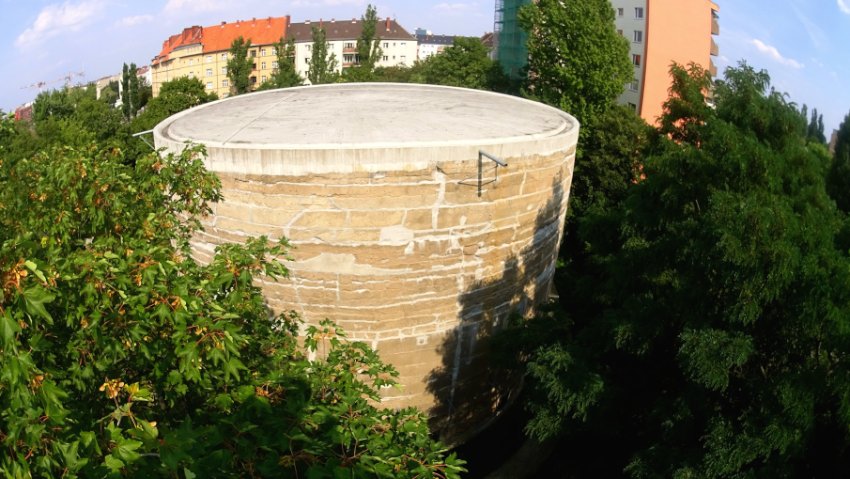
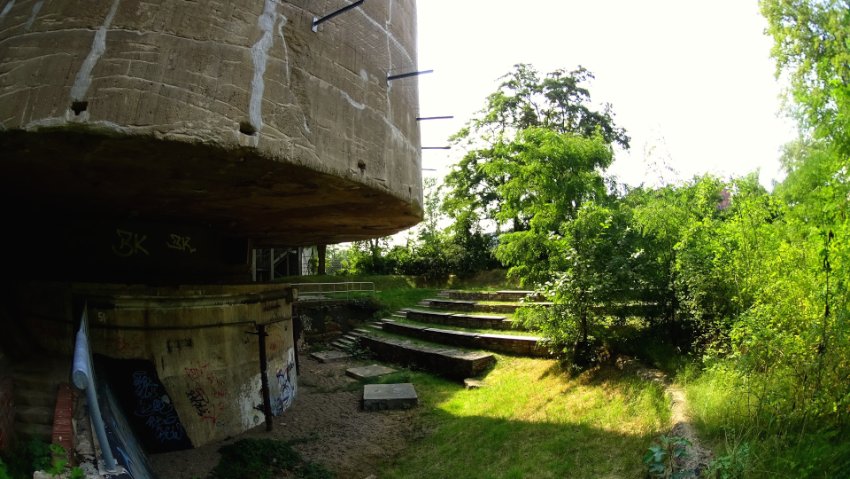
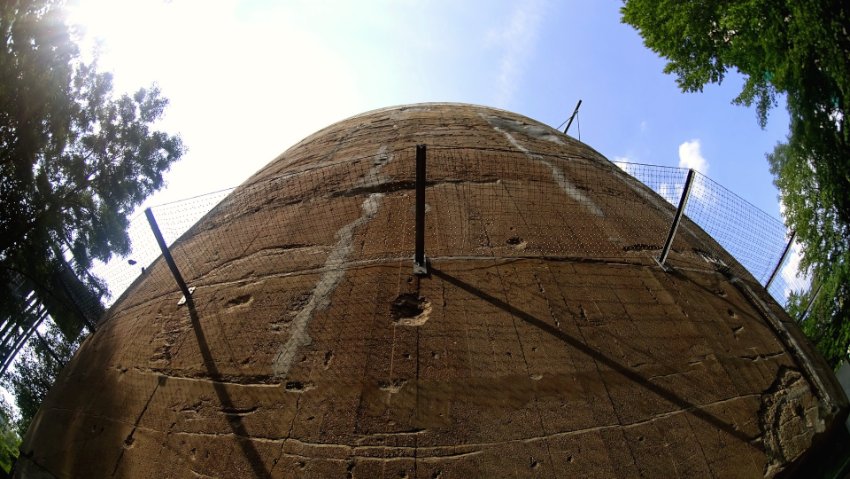
Schwerbelastungskorper was a feasibility study to see if it was possible to construct a massive triumphal arch dreamed by Adolf Hitler to remember the German soldiers who died during the First World War.
This arch would be over 100 meters high and almost 170 meters wide. But, building such a colossal structure in the sandy ground of Berlin could be a problem. So, back in 1941, Dyckerhoff & Widmann AG built the massive 18 meters high structure that weighs more than 12.500 tonnes.
If the Schwerbelastungskorper sank less than 6 centimeters, the soil would be deemed good enough to allow further construction. But it ended up dropping 18 centimeters after three years. Adolf Hitler ignored these findings, but at that time, the war was at a stage where it was impossible to build such a thing. Due to the nearby apartment buildings in the area, the structure wasn’t demolished at the end of the Second World War.
Since 1995, the structure has been on the list of historical buildings in Berlin, and since 2002, it has been the property of the Tempelhof-Schöneberg.
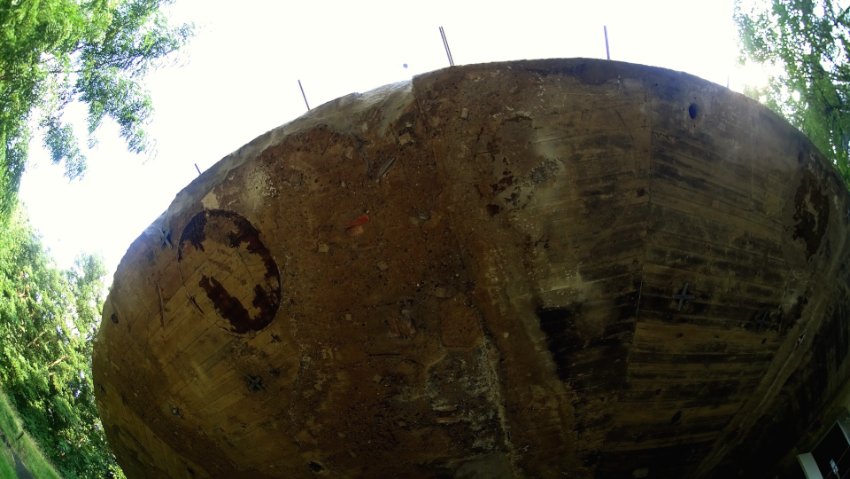
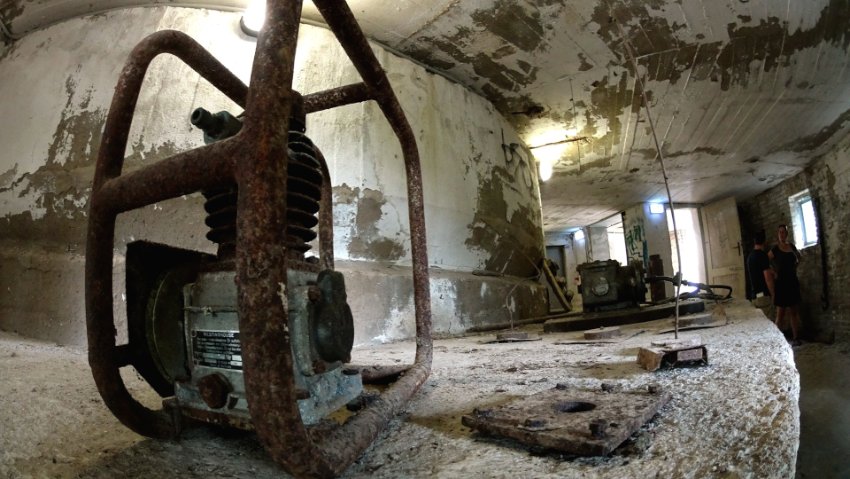
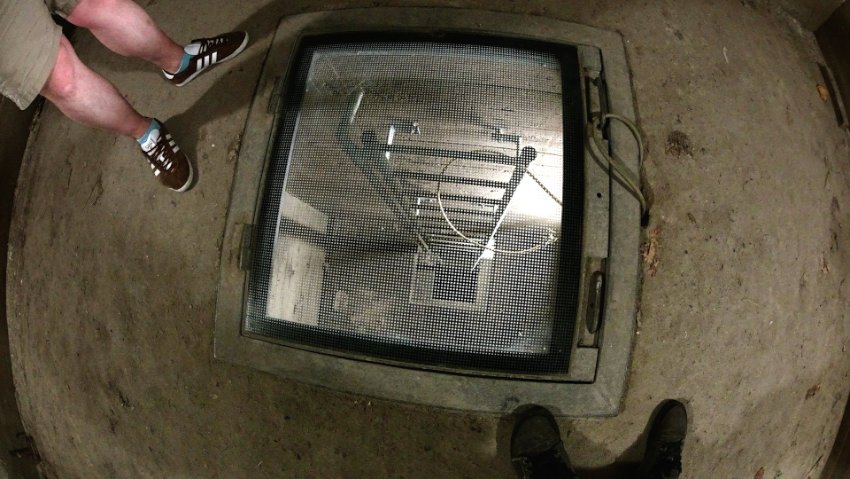
You can visit the Schwerbelastungskörper, do the historical tour, climb on the platform above it, and see the great view from the top. This is the best way to understand the massive size of this concrete structure.
The guided tours happen between April and October and are held by Berliner Unterwelten e.V. every Sunday at noon.
If you don’t want to do the tour, just go to the corner of Dudenstrasse and General-Pape-Strasse, and you will find everything you need. The site is only open on Tuesdays, Wednesdays, Thursdays, and Sundays.
So, be sure to check the official Schwerbelastungskorper website to avoid problems.

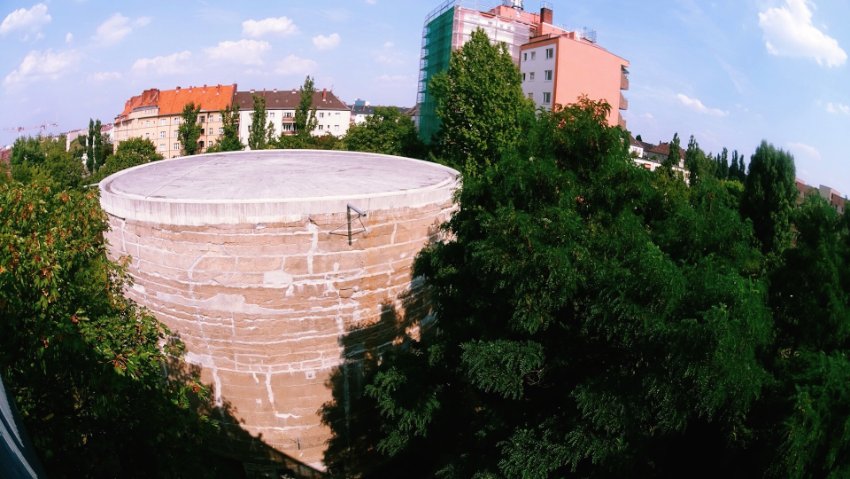
Schwerbelastungskorper: A Visit to the Concrete Monster
General-Pape-Straße 34A, 12101 Berlin